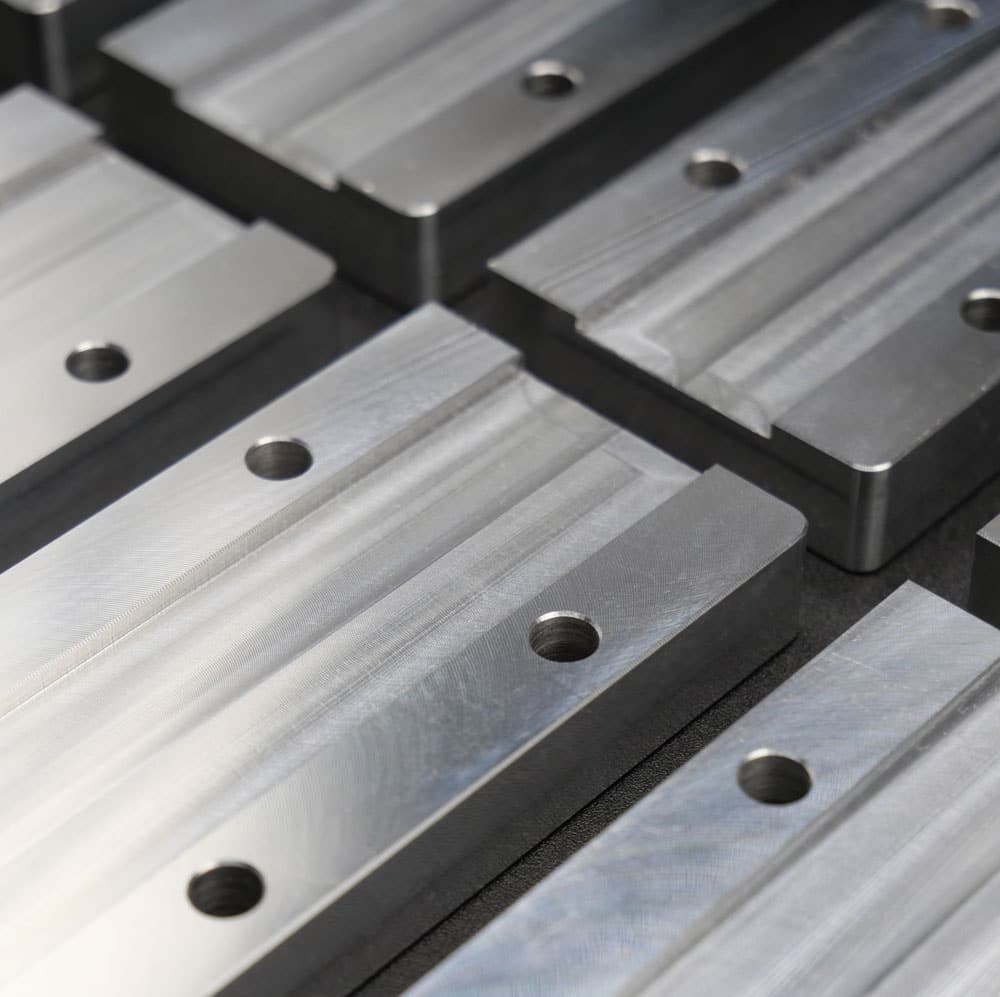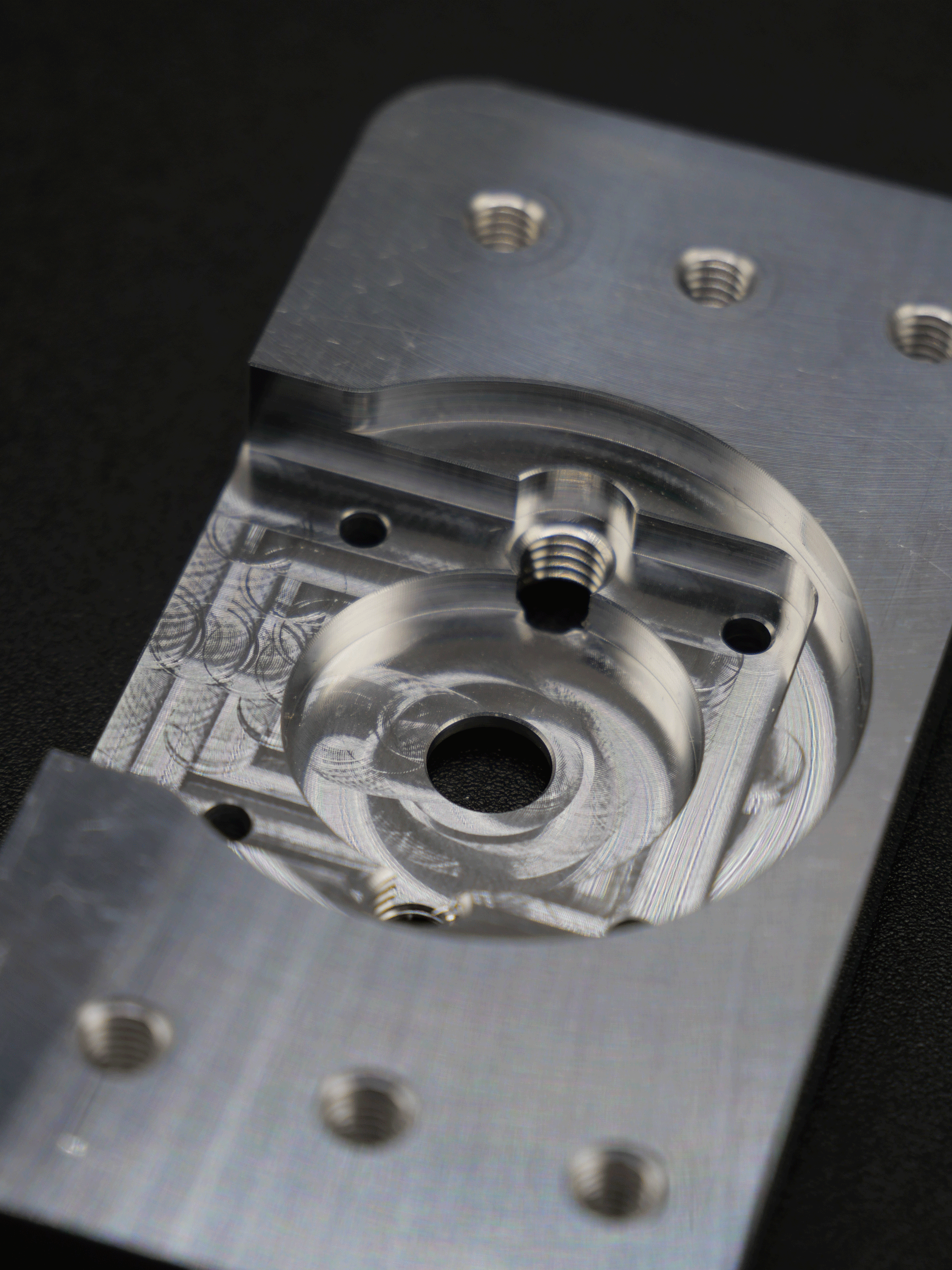Hybrid 3D printing: aesthetic part
The industrial sector is a very demanding environment when it comes to manufacturing parts. Prototypes, moulds, tooling, final parts… a wide range of applications are available. However, certain constraints can be imposed: large size, mass-produced parts, aesthetic parts, high costs, excessively long manufacturing times, etc.
Today, we are presenting you with a way of reducing the cost of manufacturing your parts by saving on two essential constraints in industry: time and cost, while obtaining an aesthetically pleasing final part.
Context: industrial production part
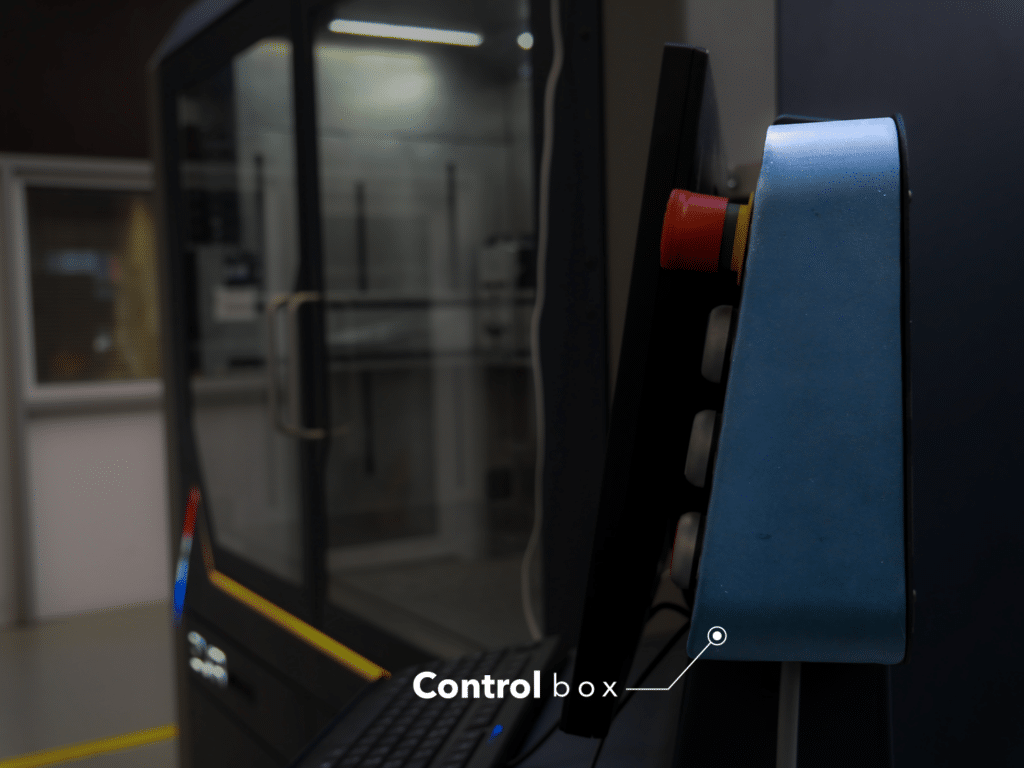
This is the example part that will enable us to illustrate our case study: a control box.
This control box must meet several requirements:
- It needs to be produced in small series, with a total of 30 units.
- As it is a final part, it must have an aesthetic function.
- It must be produced quickly and at a low cost.
The issue: traditional manufacturing method
There are two industrial manufacturing methods available to meet the above requirements:
- Using a mould, the material is injected into a cavity, which then solidifies to produce the required mechanical part. Developments are long, complex and not very flexible, particularly for small production runs. Moulds are suitable for very large production runs.
- Conventional 3D printing, a process that is easy to set up and flexible thanks to its made-to-measure advantages, is very well suited to small production runs. On the other hand, its surface finishes are not very aesthetic and the precision does not match industrial standards, which will require additional post-processing steps, such as sanding, in order to obtain an aesthetically pleasing final part.
Let’s now compare the different characteristics of these two processes for a 30-piece control box:
Mould
3D printing + post-processing
Mould
Development time + production
3
MONTHS
Unit cost per piece
660
€
Results
The process is not suitable for small series: high development time and unit cost.
3D printing + post-processing
Development time + production (with paint)
8
HOURS
Unit cost per piece
150
€
Development time + production
3
MONTHS
Development time + production + painting
8
HOURS
Unit cost per piece (30 units)
660
€
Unit cost per piece (30 units)
150
€
Results
The process is not suitable for small series: high development time and unit cost.
Results
Not suitable for aesthetic parts: high post-treatment time and unit cost.
Results
Not suitable for aesthetic parts: high post-treatment time and unit cost.
Solution: hybrid 3D printing
3D PRINTING

MACHINING
ALTERNATE

GET A FINAL PART
Hybrid 3D printing involves 3D printing a part and then re-machining it. In this case, the two processes are combined in a single machine.
Hybrid manufacturing combines the advantages of both processes: on the one hand, the flexibility and adaptability of 3D printing to small production runs, and on the other, the precision of machining.
Hybrid 3D printing
Development time + production + painting (30 units)
4
HOURS
Unit cost per piece (30 units)
50
€
The production of the control box using hybrid manufacturing has enabled us to meet a range of industrial requirements:
- An aesthetically pleasing part that is immediately ready for use, without any additional post-processing.
- Time savings thanks to the hybridisation of processes.
- Significant cost savings thanks to time and material savings.
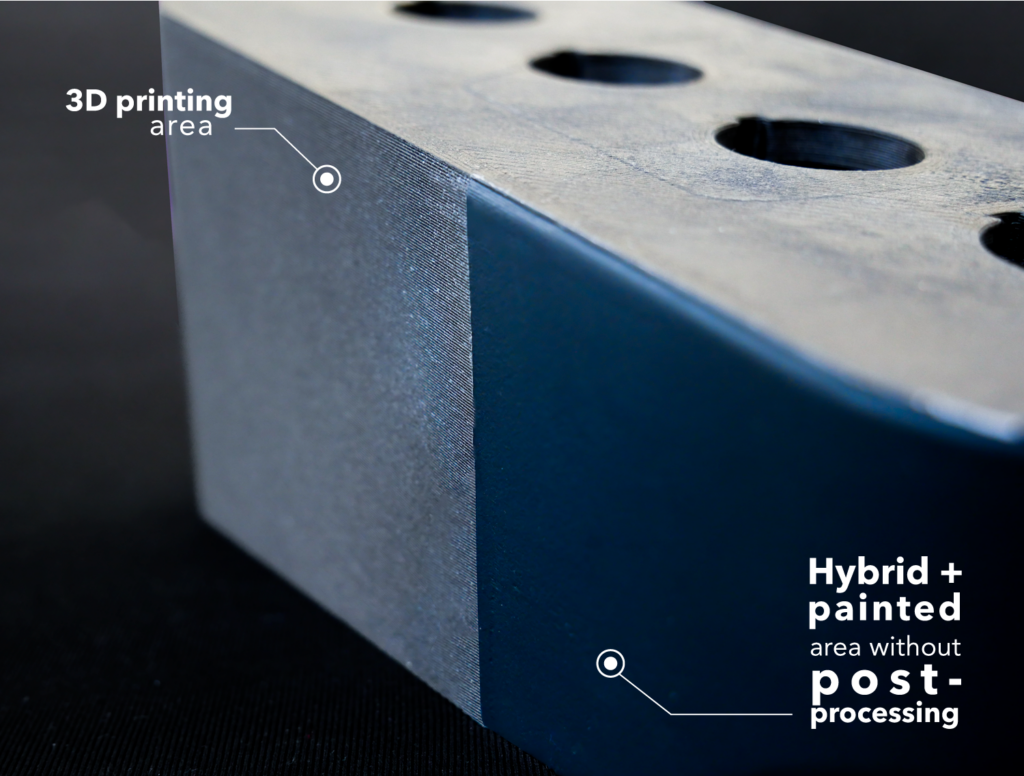
For more information on hybrid 3D printing, find out more about the benefits of the : LUCY 300Y. Two processes (3D printing + machining) in a single machine, automatically and simultaneously.
usinage pièce métal Machining: metal parts machined in less than 1 hour? In a constantly evolving industrial environment, machine manufacturers are constantly …
Your industrial tools at your fingertips In a constantly evolving industrial environment, controlling the production of tooling is a key issue for …
